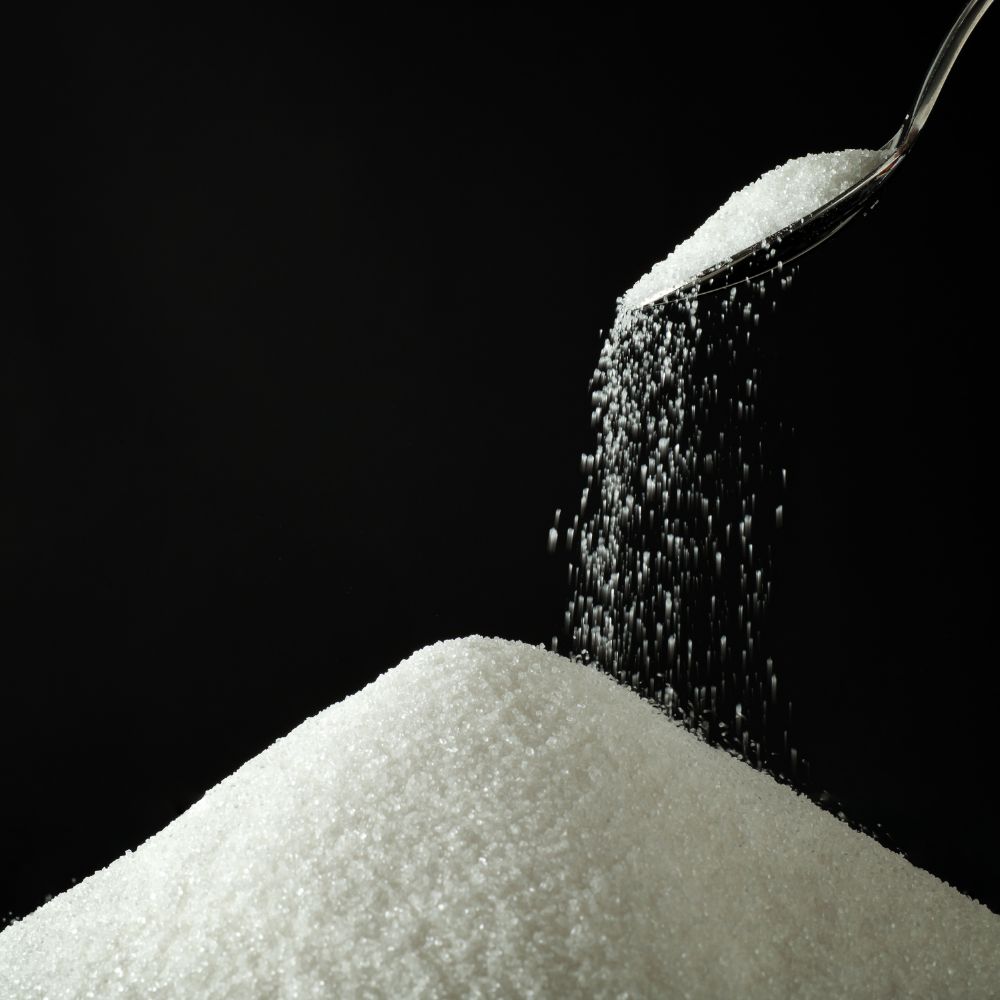Smoothies are a popular choice for a quick, nutritious meal or snack. However, not all ingredients play well together. Mixing certain foods can lead to digestive discomfort, unappealing flavors, or reduce the nutritional value of your smoothie. In this article, we’ll explore what not to mix in smoothies and why it’s best to avoid these combinations.
1. High-Sugar Fruits with Dairy
Why to Avoid: Combining high-sugar fruits like bananas or mangoes with dairy products (like yogurt or milk) can lead to digestive issues for some people. The sugars can ferment in the stomach, causing bloating or gas.
Better Alternatives: If you love creamy smoothies, consider using lower-sugar fruits (like berries) or plant-based milks (like almond or coconut milk) instead of dairy.
2. Certain Vegetables with Fruits
Why to Avoid: Some people find that mixing sweet fruits with certain vegetables, like kale or spinach, can create an unbalanced flavor. Additionally, the combination may cause digestive discomfort for sensitive individuals.
Better Alternatives: If you’re unsure, stick to milder vegetables (like cucumber or zucchini) that blend well with fruits without overwhelming their flavors.
3. Acidic Ingredients with Dairy
Why to Avoid: Mixing acidic ingredients like citrus fruits (oranges, lemons) with dairy can cause the dairy to curdle, resulting in an unpleasant texture. This reaction can also lead to digestive discomfort.
Better Alternatives: Use non-dairy yogurt or opt for smoothies that focus on either acidic or dairy ingredients, but not both.
4. Too Many High-Fiber Ingredients
Why to Avoid: While fiber is essential for a healthy diet, loading your smoothie with too many high-fiber ingredients (like chia seeds, flaxseeds, and fibrous fruits) can lead to digestive discomfort and bloating.
Better Alternatives: Choose one or two high-fiber ingredients per smoothie and balance them with other ingredients for a smoother blend.
5. Protein Powders with Certain Ingredients
Why to Avoid: Mixing protein powders with ingredients that are high in sugar or fat can lead to a heavy and unbalanced smoothie. This combination can also affect the absorption of nutrients.
Better Alternatives: Pair protein powders with low-sugar fruits and healthy fats (like avocado) for a more balanced smoothie.
6. Nut Butters with High-Sugar Fruits
Why to Avoid: While nut butters add healthy fats and protein, pairing them with high-sugar fruits can make your smoothie overly caloric and unbalanced, potentially leading to energy crashes.
Better Alternatives: Use nut butters with low-sugar fruits, like berries or apples, to create a more balanced nutrient profile.
7. Caffeine with Dairy
Why to Avoid: Mixing caffeinated ingredients (like coffee or matcha) with dairy can cause stomach discomfort for some individuals. The combination may also lead to increased acidity in the stomach.
Better Alternatives: If you enjoy a caffeinated smoothie, try using plant-based milk or avoid mixing with dairy altogether.
8. Excessive Ingredients
Why to Avoid: Overloading your smoothie with too many ingredients can lead to overwhelming flavors and textures, making it unpalatable. It can also complicate digestion.
Better Alternatives: Stick to a few key ingredients for a more harmonious and enjoyable smoothie experience.
9. Fruit Juices
Why to Avoid: While fruit juices may seem like a healthy addition, they often contain high levels of sugar and lack the fiber found in whole fruits. This can lead to spikes in blood sugar levels and diminish the overall nutritional value of your smoothie.
Better Alternatives: Instead of using fruit juices, stick to whole fruits or opt for water, coconut water, or unsweetened plant-based milks as your liquid base. This will help maintain the fiber content and balance the sugars.
What Not to Mix in Smoothies: Problem Combos & Better Options
| Combo to Avoid | Why It’s a Problem | Better Alternative |
|---|---|---|
| High-sugar fruits + dairy | May cause fermentation, gas, or bloating | Use berries with almond or coconut milk |
| Citrus fruits + dairy | Can curdle dairy and cause digestive discomfort | Try citrus with non-dairy yogurt or juice-based smoothies |
| Leafy greens + sweet fruits | Can lead to unbalanced flavors or digestion issues | Use milder veggies like cucumber or zucchini |
| Too many high-fiber ingredients | May cause bloating and overwhelm digestion | Limit to 1–2 fiber-rich add-ins per smoothie |
| Protein powder + sugary/fatty add-ins | Can lead to a heavy, unbalanced smoothie | Pair with low-sugar fruits and light, healthy fats like avocado |
| Nut butters + high-sugar fruits | Can make smoothies overly caloric and lead to crashes | Combine with apples or berries for better balance |
| Caffeine (coffee/matcha) + dairy | May upset the stomach and increase acidity | Use plant-based milk instead of dairy |
| Too many ingredients at once | Results in muddy flavors and tough digestion | Keep smoothies simple with 4–6 ingredients |
| Fruit juice as a base | Adds sugar, removes fiber, may spike blood sugar | Use whole fruits or water, coconut water, plant-based milk |
Conclusion
While smoothies can be a nutritious and delicious way to consume a variety of ingredients, being mindful of what you mix is essential for optimal digestion and flavor. Avoiding certain combinations can enhance your smoothie experience and promote better health. Stick to balanced pairings, and feel free to experiment to find what works best for you!
Frequently Asked Questions (FAQ)
Steer clear of combining high-sugar fruits with dairy, overloading on fiber, or pairing caffeine with dairy products. These combinations can cause bloating, curdling, or discomfort.
Yes, but with care. Some combinations—like sweet fruits with bitter greens—may taste off or upset sensitive stomachs. Use mild veggies like cucumber.
Fruit juice lacks fiber and is high in sugar, which can spike blood sugar and reduce nutritional value. Whole fruits are a better option.
Yes. Overloading your smoothie can lead to clashing flavors and difficult digestion. Stick to a few well-balanced ingredients for the best results.
Use plant-based milks, low-sugar fruits, and lighter veggies. Keep fiber moderate and avoid combining acidic fruits with dairy.

